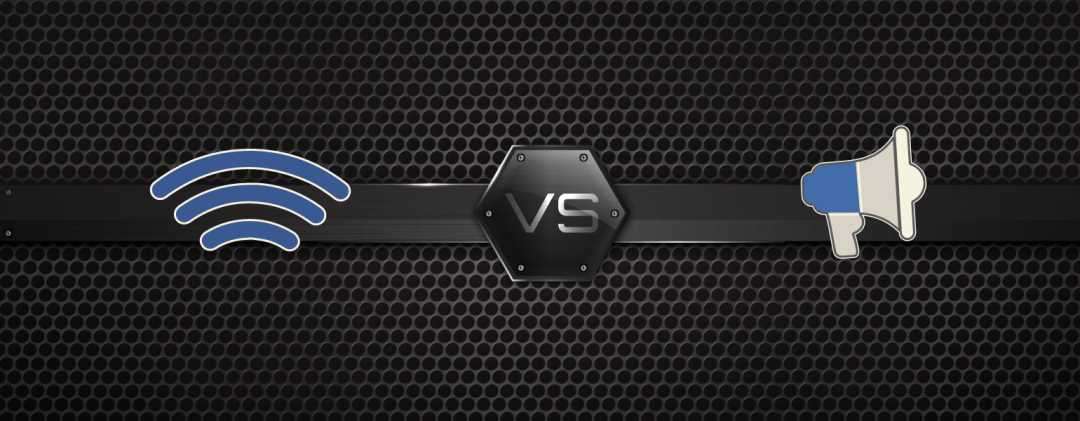Facebook Ads and Boosted Posts: How Are They Different?

When it comes to advertising on Facebook, it can be pretty easy to waste money without seeing your desired results. That’s why it’s important to know all the ways you can optimize your ad spend. When there are multiple ways to show your content on Facebook like boosted posts or sponsored ads, it’s helpful to know the difference in order to determine which one will be the most beneficial to your business. I know how difficult it can be to navigate the Facebook Advertiser Help Center so let’s break it down.
Facebook Sponsored Posts
Facebook sponsored posts are promoted posts that you pay for to receive additional reach. Your business can either pay to boost an existing post or create an ad. Boosting a post will increase the number of your followers that will see it which can increase loyalty. Sponsored posts like newsfeed ads can let you target users based on certain criteria. This helps you target new potential new customers instead of only existing followers.
Why Pay For Ads When You Can Post For Free?
Times have been changing and it’s been getting harder and harder to get eyes on organic posts. In a world of 1.6 billion users, favorable outcomes are only likely to happen if you have a large following of 50,000 or more. Thanks to Facebook algorithms, organic reach has plummeted. To illustrate this point, 50 million businesses that post 1.5 times a day only reach an average of 2% of their audience.
As the world’s largest social network, it’s no surprise that Facebook has started to take advantage of its audience and turn into a pay-to-play model through paid advertising. Although it’s hard to accept that we have to start paying for something that was once free, we have to admit that Facebook advertising can be a powerful tool when it comes to marketing (although there’s a bit of a learning curve).
Strategy Is Key
When it comes to anything, especially when there’s money involved, it’s imperative that you have a solid strategy when experimenting with Facebook ads. We suggest putting your advertising budget on posts that have measurable ROI like lead capture, promotions, and contests that are meant to increase your customer base.
Another important rule is to always use your own content when you are paying to promote your ads. It might be great content that is related to your business, but you never want to pay to send traffic to someone else’s website instead of your own.
Facebook Boosted Posts
Facebook boosted posts are promoted posts that become more visible to friends and followers because they appear higher on news feeds. They can be targeted by age, gender, location, and interest, but more effective targeting options are available with Facebook ads. The more detailed targeting options you get with sponsored posts are probably more beneficial to your business. Although boosted posts are easier to create, you can get more out of your advertising dollars with sponsored posts.
Facebook News Feed Ads
Facebook news feed ads are sponsored ads that appear right on users’ news feeds. They are identified with the word “sponsored” underneath the company’s name and lets users know it’s coming from a source they possibly haven’t liked yet.
You can create news feeds ads in Facebook Ads Manager (or, what used to be known as the Power Editor). It’s more work to create a Facebook news feed ad than to boost a post, but the results are often worth the work.
Unlike boosted posts, news feed ads let you set a specific objective for your ad that’s aligned with your business goals. Newsfeed ads let you choose from 12 different objectives that each fall under one of these three categories: Awareness, Consideration, and Conversion.
The category you pick will likely depend on which stage of the sales and marketing funnel you are in. Here is a quick overview of when you would use each category:
- Awareness: boosting posts, targeting people near the business’ location, promoting a Facebook page, and increasing brand awareness
- Consideration: website traffic, app installs, increase event attendance, video views, and collecting business leads
- Conversion: increase website conversions, have an offer claimed, and app engagement
Facebook Ads vs. Boosted Posts: The Verdict
Considering Facebook news feed ads grant you more targeting options and the ability to define objectives, I think it’s clear to see that they are more powerful than boosted posts. There are no price differences between the two types, but your dollars will usually go further with Facebook news feed ads.
If your business is just looking for a quick way to create awareness and drive traffic to your profile, a boosted post is a convenient option. Boosted posts also work well if you are just trying to reach your existing audience base. Through boosted posts, you can have as many as thousands of impressions for only $5.00
If your goal is to achieve more tangible results from your marketing like increasing revenue, Facebook news feed ads are the way to go. If your focus is to capture leads using Facebook Advertising, I would suggest trying Facebook lead ads.
Need help with your digital advertising strategy? Just give us a shout by scheduling a free consultation.